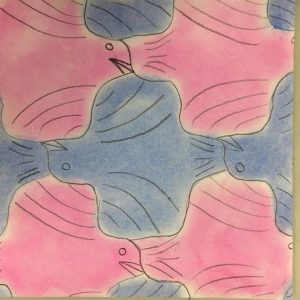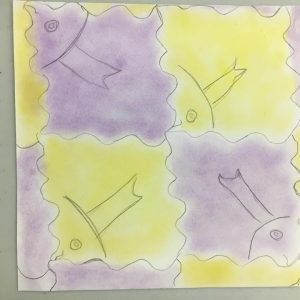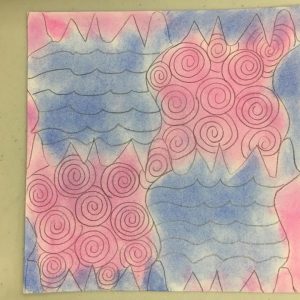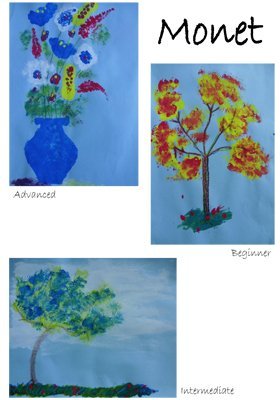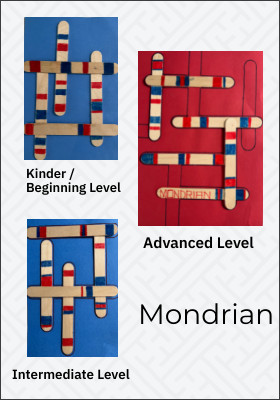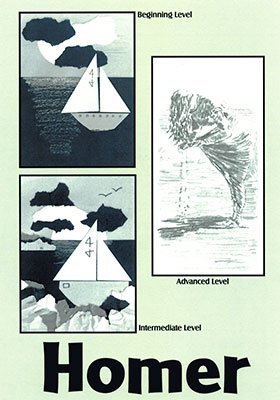About M.C. Escher (1898-1972)
Maurits Cornelis Escher was a Dutch graphic artist known for his mathematically inspired, impossible constructions and tessellations. Born in 1898, Escher was fascinated by the concept of infinity and used his skills as a printmaker to create works that explored this idea in intricate and imaginative ways. His most famous works include "Relativity," "Ascending and Descending," and "Waterfall," which feature impossible architectural structures and impossible perspectives.
Escher's works are widely recognized for their technical mastery, their creative use of perspective, and their captivating illusions. He remains one of the most famous and beloved artists of the 20th century and his works continue to inspire new generations of artists and mathematicians alike. Today, Escher's works can be found in major museums around the world and continue to be celebrated for their innovative and imaginative quality.















